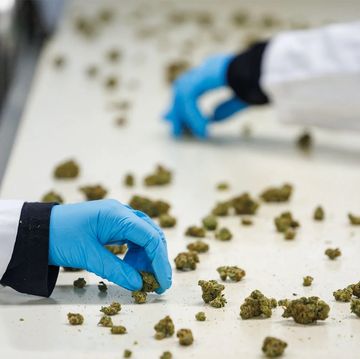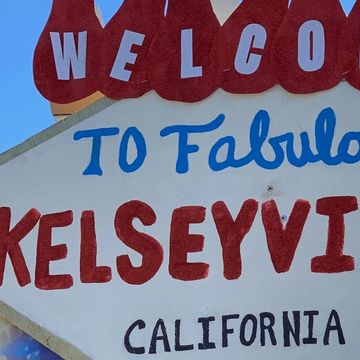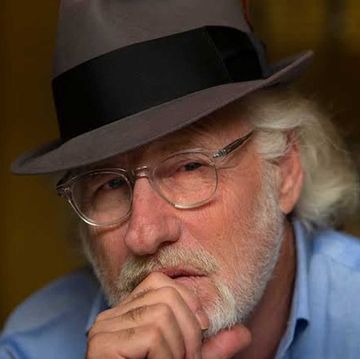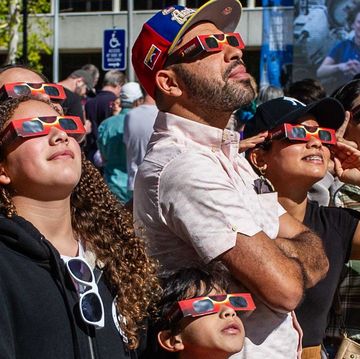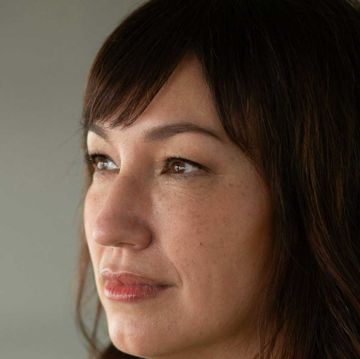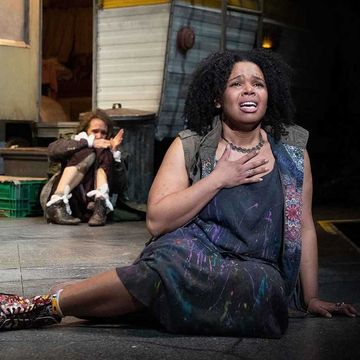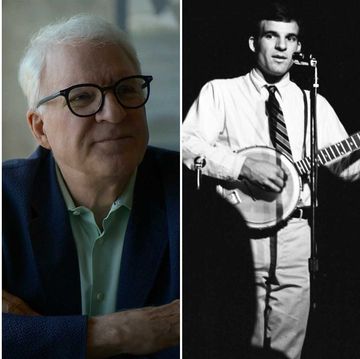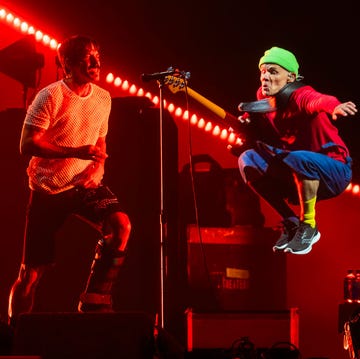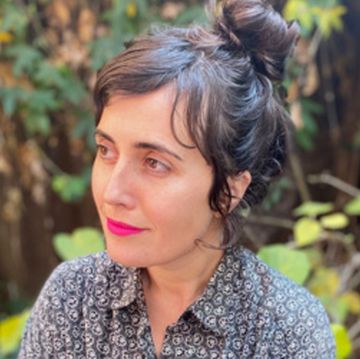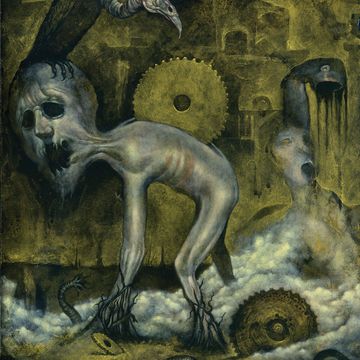When you look up at the glowing neon martini glass above the 500 Club in San Francisco’s Mission District, you feel like you’ve walked into a noir film. The flickering olive makes you want to saunter into the bar and ask for a dirty martini in a raspy voice.
San Francisco is home to the kind of neon signs that would be right at home in a Dashiell Hammett novel featuring daring detectives and femme fatales. In fact, Hammett’s “Maltese Falcon” character Sam Spade ate at the real-life John’s Grill in Union Square, which has its own distinctive neon sign.
But do the flickering neon lights with vintage designs that dot San Francisco still have a place in a modern city?
Al Barna and Randall Ann Homan are trying to keep love for the vintage signs aglow with their San Francisco Neon Tours, which show off iconic neon signs in neighborhoods like Chinatown, the Tenderloin, Cow Hollow, the Castro, the Mission and more. “You might be surprised at the large number of people who are interested in commercial neon signage,” Barna says.
San Francisco’s neon lights are considered unique in their design. “Compared to New York, Los Angeles and Las Vegas, San Francisco neon signs were smaller in scale and more intimate,” Homan says. “Many of San Francisco’s surviving neon signs were designed to be seen close up, from the vantage point of the sidewalk, rather than at a distance from a car window.”
It’s these unique neon signs that Barna and Homan hope people will not just appreciate, but also help save. Neon sign restoration is performed by skilled professionals, like those at Oakland’s Neon Works, who know firsthand how to replace broken tubes and fix faulty transformers to restore a sign’s glow.
Sadly, some smaller businesses can’t afford expensive restoration work, and their signs often remain dark. San Francisco’s Invest in Neighborhoods program is hoping to help businesses protect and restore vintage neon signs with a new grant initiative called SF Shines.
“The signs often become icons of long-running businesses and contribute to their branding,” says Gloria Chan, director of communications at San Francisco’s Office of Economic and Workforce Development. “Neon signs contribute to the historic and cultural value of a neighborhood.”
Author and journalist Bonnie Burton writes about pop culture and entertainment. Her books include: Salem: 54 Cryptids of North America, The Art of Abominable Movie (Cameron Books), Live or Die? Survival Hacks (Becker & Mayer/Scholastic), J.K. Rowling’s Wizarding World Movie Magic Amazing Artifacts (Penguin Random House), Crafting with Feminism (Quirk Books), The Star Wars Craft Book (Penguin Random House), Star Wars the Clone Wars: Planets in Peril (DK Readers), Draw Star Wars the Clone Wars (Klutz Books), You Can Draw Star Wars (DK Children), Girls Against Girls: Why We Are Mean to Each Other and How We Can Change (Zest Books), and Never Threaten to Eat Your Co-Workers: Best of Blogs (Apress). In addition to Alta, Bonnie writes about movies, TV, and weird science for CNET.com, and has written for Lucasfilm, Disney, CNN, CBS, NBC, AARP, Wired, Playboy, Star Wars Insider, SFX, Geek, Bust, Craft, Organic Living and more. More on her site: GRRL.com








